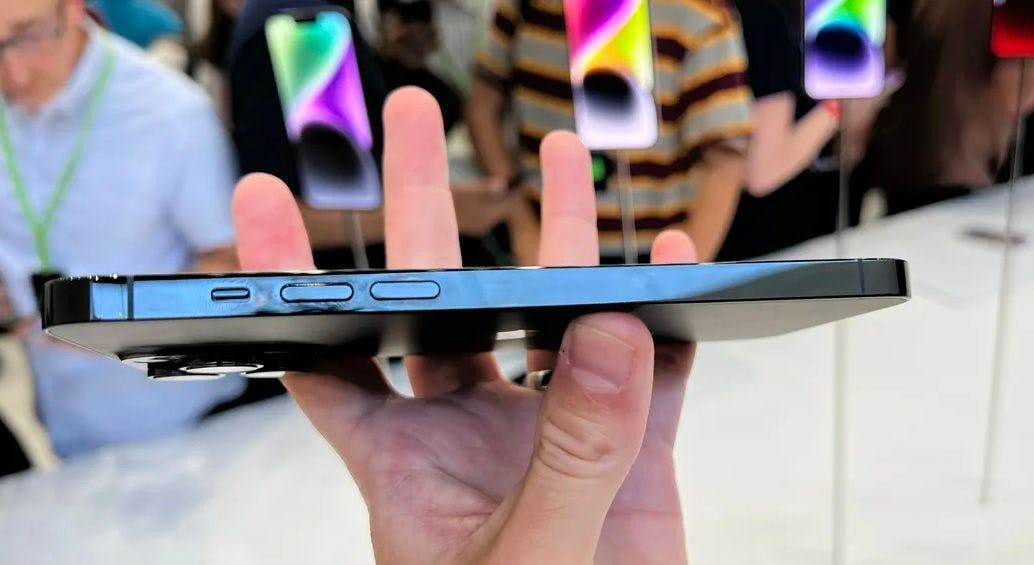The esims.AI Blog: Giving you the lowdown on all things Travel eSIM
Will the iPhone 15 by eSIM only? UK and France may go eSIM only
Published on by Frank in Technology. Last updated on .

Several sources, including 9to5Mac, TechRadar, and MacRumors, are reporting on rumors that the iPhone 15 could be eSIM-only in multiple countries. This shift may extend beyond the United States, where Apple had already introduced eSIM-only iPhone 14 models last year.
An eSIM Future for the iPhone 15
The eSIM, or embedded SIM, is a digital alternative to the traditional physical SIM card. It provides a more secure way to connect your phone to a network, eliminating the need for a physical SIM card. To use an eSIM, a carrier provides a QR code that can be scanned with a Wi-Fi-connected phone to download the eSIM.
Following the introduction of eSIM-only iPhone 14 models in the U.S., there is speculation that the iPhone 15 could also lack a physical SIM card tray. Reports from French website MacGeneration suggest that iPhone 15 models in France could be equipped with eSIMs, indicating a broader transition to eSIM technology.
Implications for European Markets
Apple typically sells the same iPhone models across Europe, suggesting that a shift to eSIMs in France could also mean similar changes in other European countries like the UK, Ireland, Germany, Italy, Spain, and Portugal.
However, the implementation of eSIM technology requires significant integration with mobile carriers, which may not be feasible in all countries immediately. Given the preparation required, it seems unlikely that Apple could remove the SIM card tray from all iPhone 15 models sold in Europe as soon as this September.
Major Apple markets like the UK appear ready to join France in adopting eSIMs for the upcoming iPhone 15 line. We should expect to hear more about other European nations moving in this direction when the iPhone is announced on September 12.
The Advantages of eSIM Technology
The transition to eSIMs offers several benefits. Not only does the absence of a physical SIM card tray result in a more aesthetically pleasing handset, but it also reduces the influence that wireless network carriers have over Apple.
Before the introduction of eSIMs, Apple needed a small piece of plastic from wireless carriers to make its phones work. This was a rather inelegant solution, uncharacteristic of Apple's usual approach. With an eSIM, Apple doesn't need to open any boxes or install a physical card, freeing them from reliance on the wireless carrier.
However, not every carrier or plan offers eSIM support, so the technology still has some hurdles to overcome before it can be fully embraced. Nonetheless, the move towards eSIMs seems to be the future of mobile technology, marking a significant step towards a more seamless and integrated digital experience.
In conclusion, if these rumors are true, the iPhone 15 may well represent a significant shift towards a global eSIM standard. However, it's also clear from these reports that the transition will take some time and may not be without its challenges.